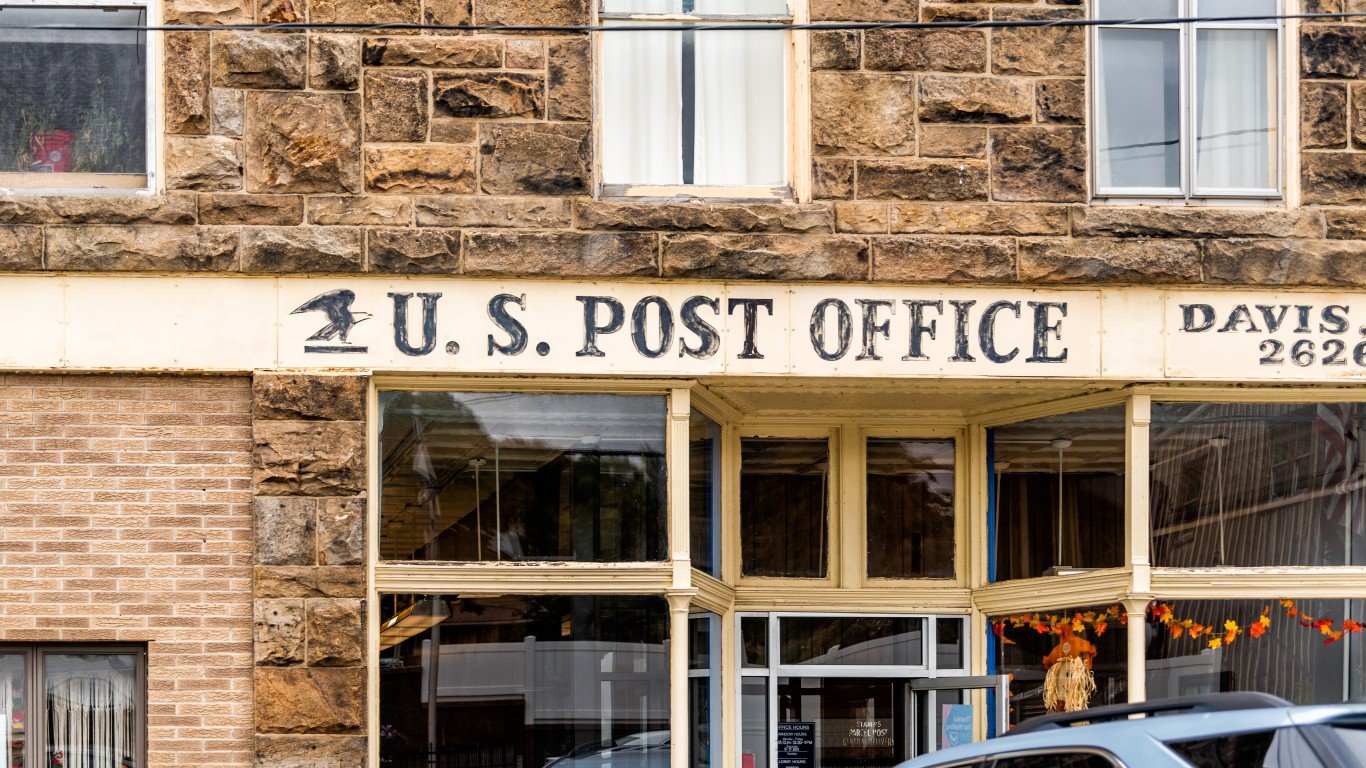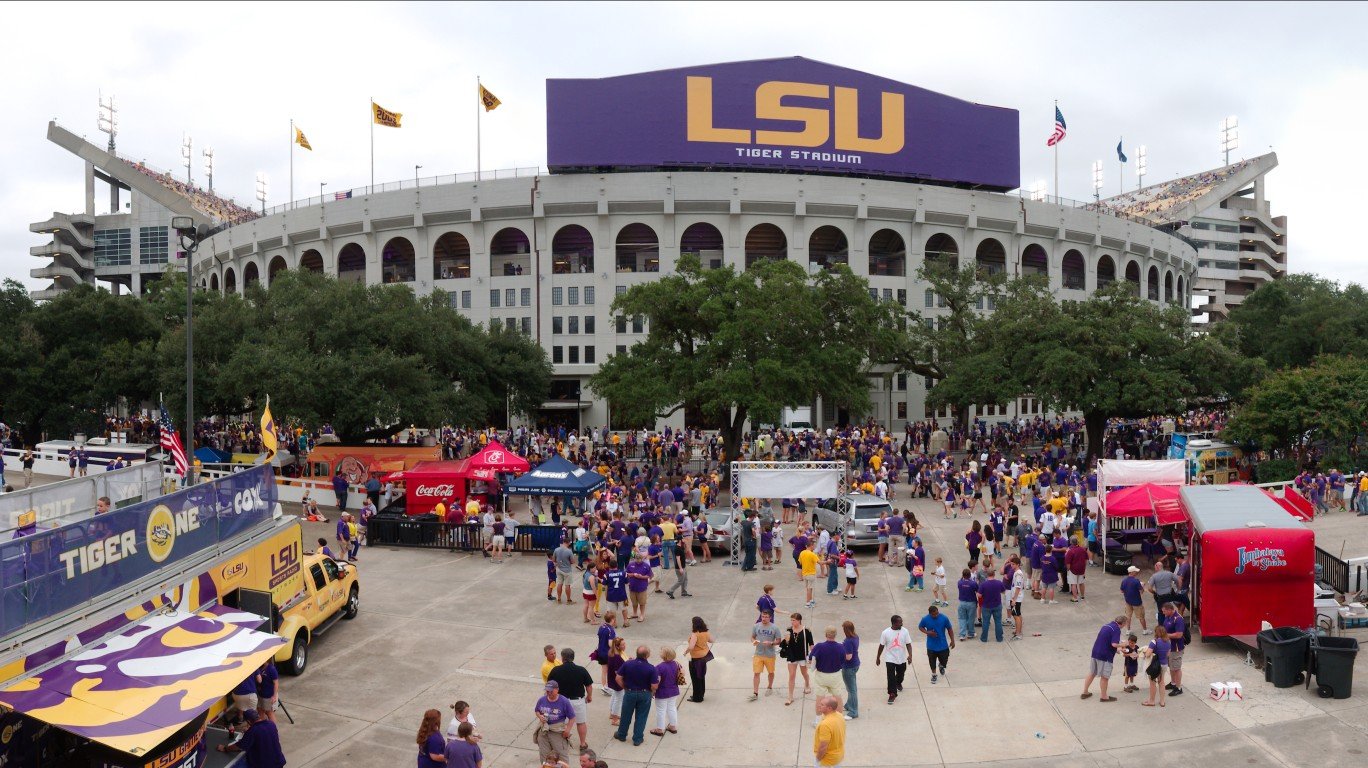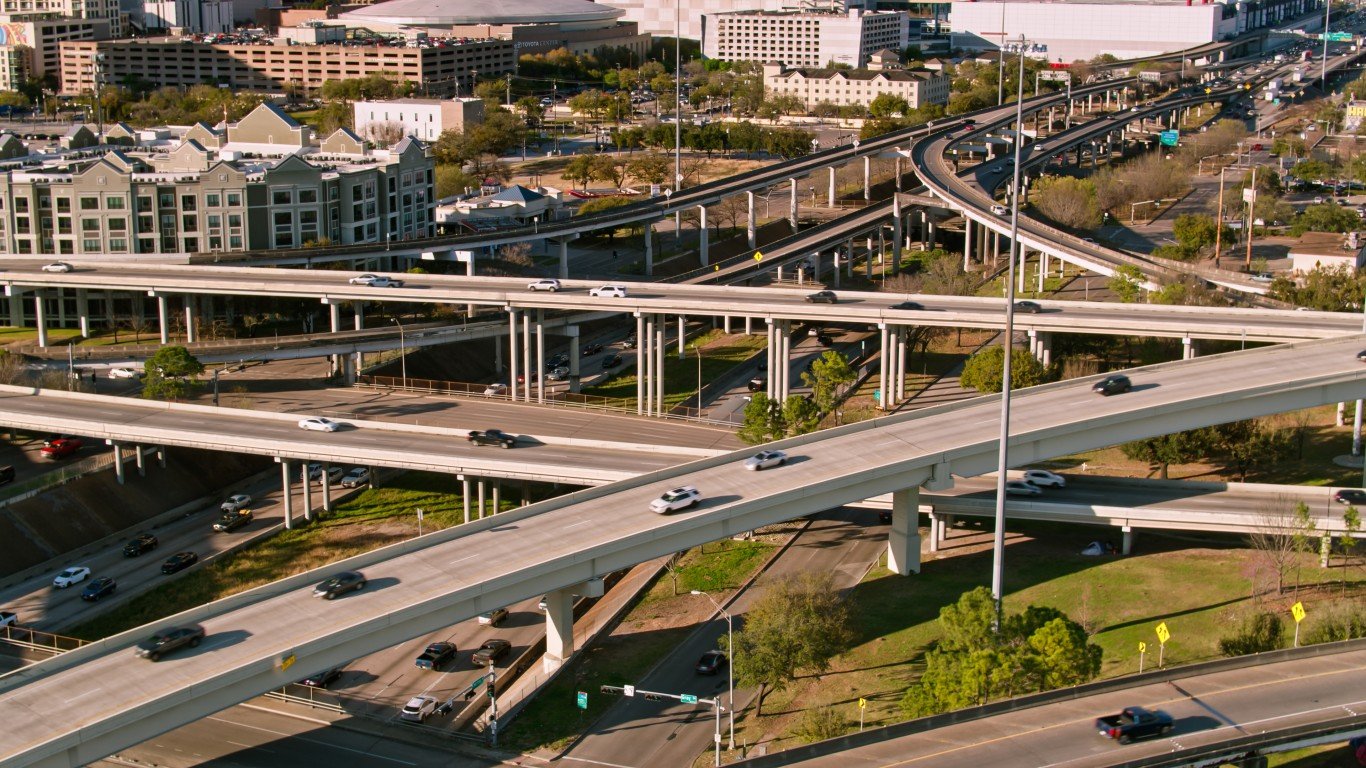 The earthquake and tsunami in Japan have already raised the question of whether reactors should be built to handle 9.0 scale earthquakes and whether sea walls which cover 40% of Japan’s east coast should be improved to stop 30 foot high waves. One short stretch of wall near the center of the disaster was strengthened after the Kobe quake. The cost of that infrastructure improvement was $1.5 billion. It would cost several hundreds billion dollars, at least, to entirely re-fortify the coast with higher walls.
The earthquake and tsunami in Japan have already raised the question of whether reactors should be built to handle 9.0 scale earthquakes and whether sea walls which cover 40% of Japan’s east coast should be improved to stop 30 foot high waves. One short stretch of wall near the center of the disaster was strengthened after the Kobe quake. The cost of that infrastructure improvement was $1.5 billion. It would cost several hundreds billion dollars, at least, to entirely re-fortify the coast with higher walls.
There has not been any realistic estimate of what it would cost to make Japan’s nuclear reactors virtually earthquake-proof. It may take months to look at the reactors and the buildings that house them. Surely the Japanese government will consider the problem of the rebuilding or buttressing of thousands of large buildings up and down the coast.
Geologists have described the earthquake as a 1,000-year event. Japan has to ask whether it will spend sums which could raise its national debt considerably for a future event which may be hundreds of years off. The calls for a decision about this will increase in number and volume as the disaster widens and if damaged reactors leak more radiation. It is not clear how Japan could fund massive public works projects. Its debt-to- GDP ratio is already 200%.
The horrible calculation about infrastructure construction pits the protection of human life against unsustainable spending. Any argument that thousands of human lives should be protected by billions of dollars will come down on the side of the protection of life. It will not be acceptable for the government to do otherwise even if the odds are astronomical that the new sea walls and protection for reactors will be needed.
The debate will almost certainly end up with half measures in the effort to protect the towns and cities along the Japanese coast. Public capital will run out and Japan will not be able to float enough debt in the global capital markets to maintain the current interest rates it pays or its standing with the ratings agencies. Moody’s, S&P, and Fitch ultimately do not care about public safety. Their jobs are to fix risk numbers and they would lose more of their already battered credibility if they cut Japan any slack.
Katrina was a disaster similar though perhaps smaller to what the final damage and loss of life in Japan will be. The hurricane killed just above 1,300 people. The death toll in Japan may be ten times that. Engineers agree that the rebuilding of the infrastructure around and south of New Orleans is not enough to prevent another catastrophe if a large hurricane makes land fall there again. The US and the states in that region did not have the capital to do better or were not willing to raise it. The difficult calculation must have quietly included in some part the chances that another similar storm is not likely to make landfall there for decades or longer. That calculation will seem reasonable until more lives and property are lost because the math was wrong.
Japan faces an awful decision. Does it spend money it does not have because the public pressures it to, or does it ride out the outrage and gamble that a similar earthquake is centuries away?
Douglas A. McIntyre
Sponsored: Want to Retire Early? Start Here
Want retirement to come a few years earlier than you’d planned? Orare you ready to retire now, but want an extra set of eyes on your finances?
Now you can speak with up to 3 financial experts in your area for FREE. By simply clicking here you can begin to match with financial professionals who can help you build your plan to retire early. And the best part? The first conversation with them is free.
Click here to match with up to 3 financial pros who would be excited to help you make financial decisions.
Thank you for reading! Have some feedback for us?
Contact the 24/7 Wall St. editorial team.



